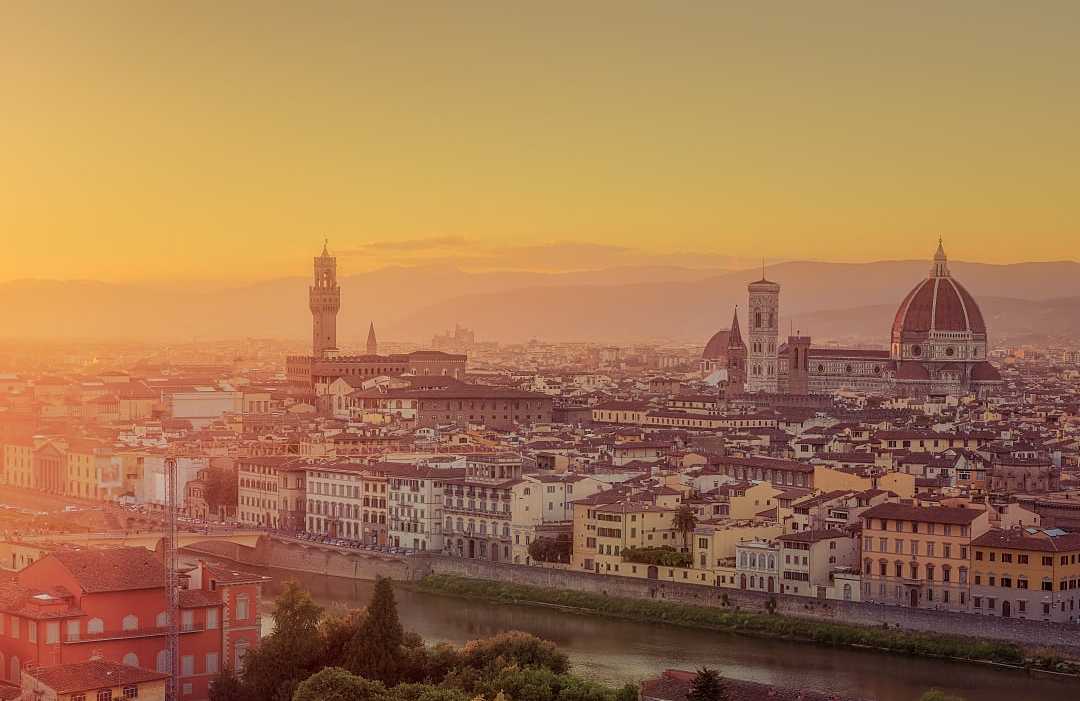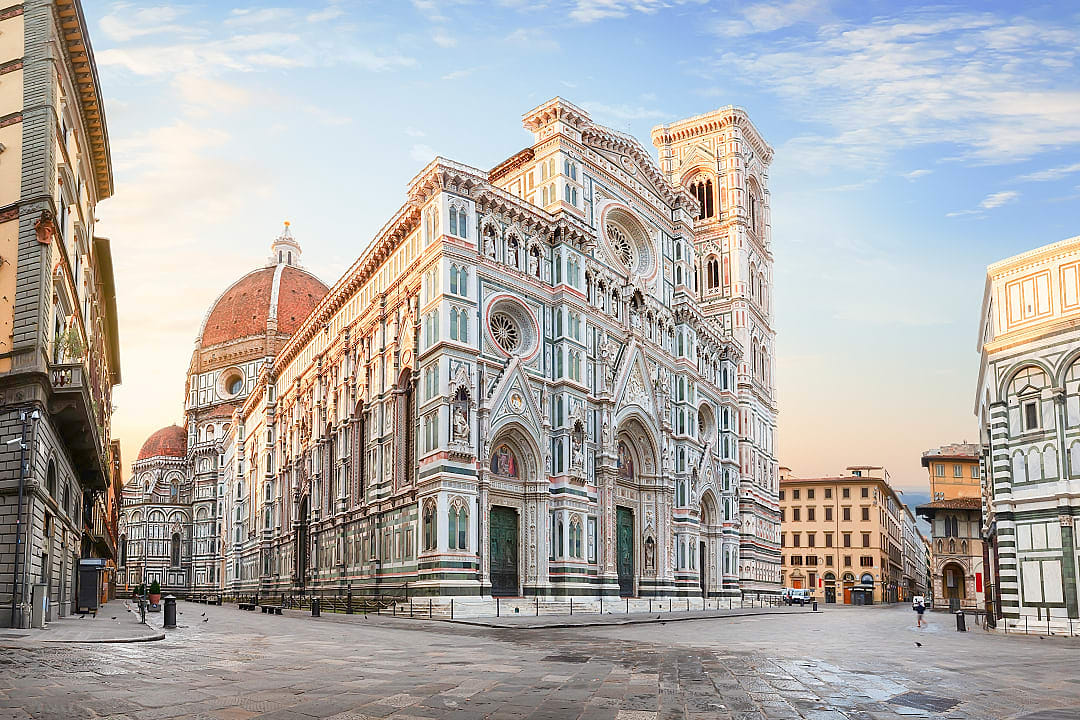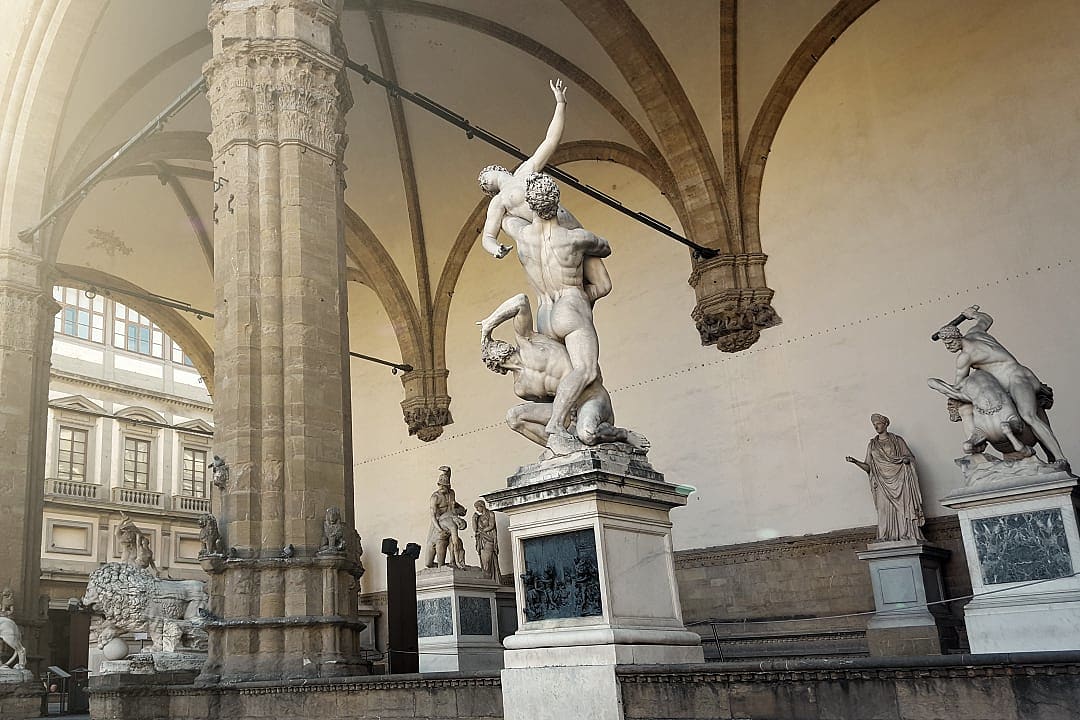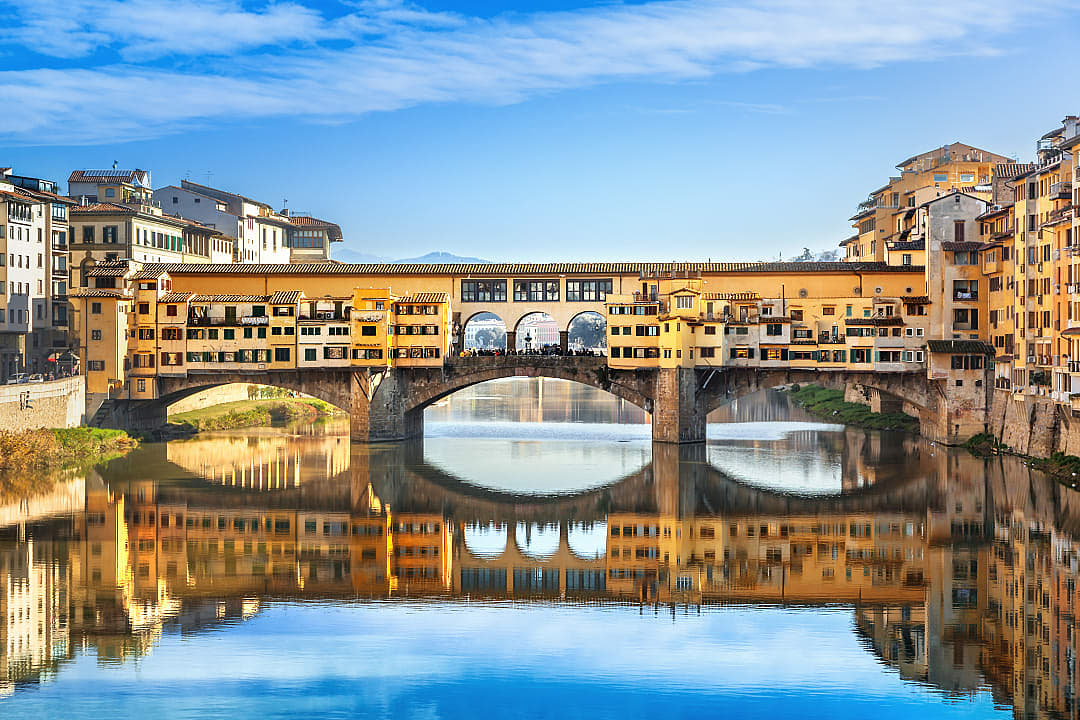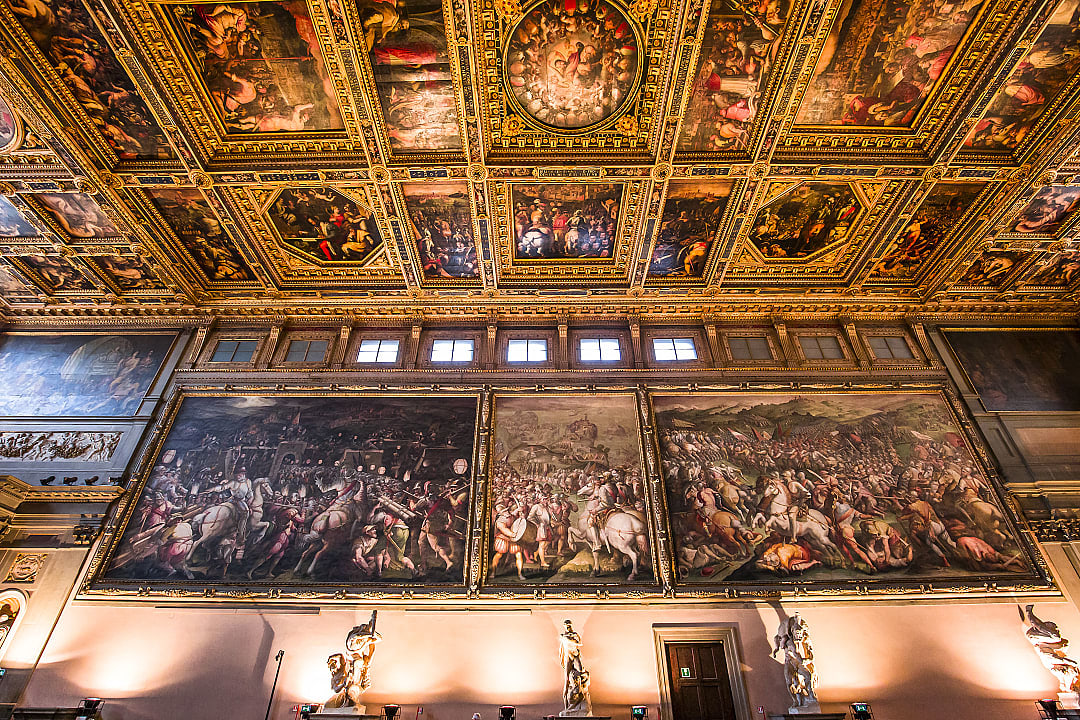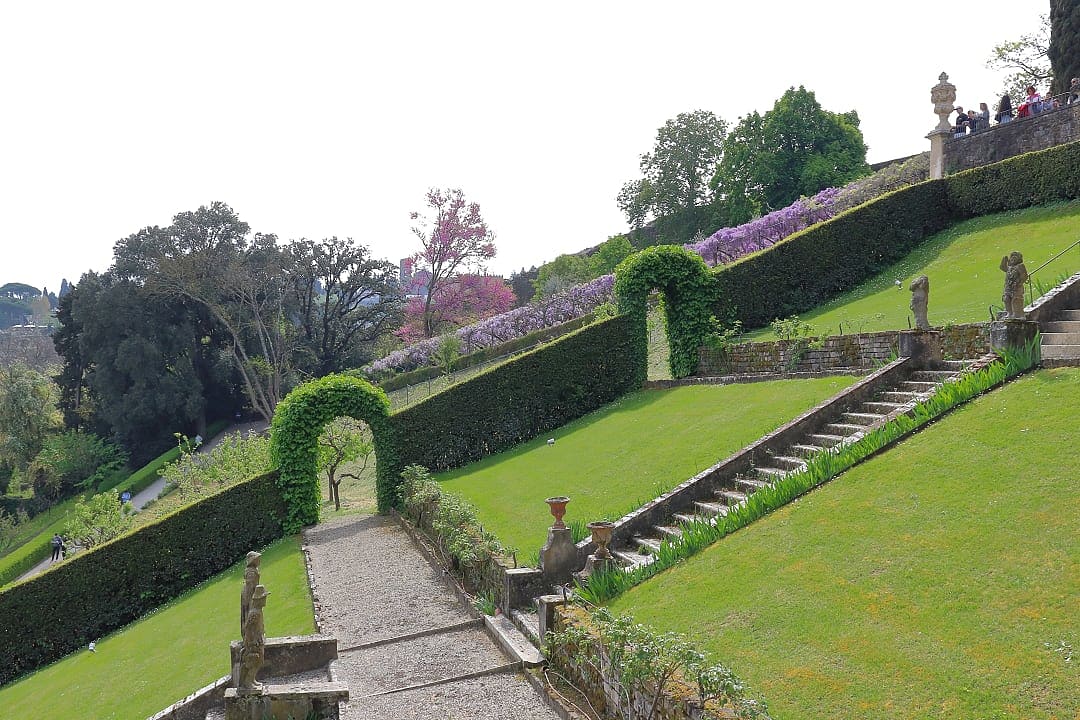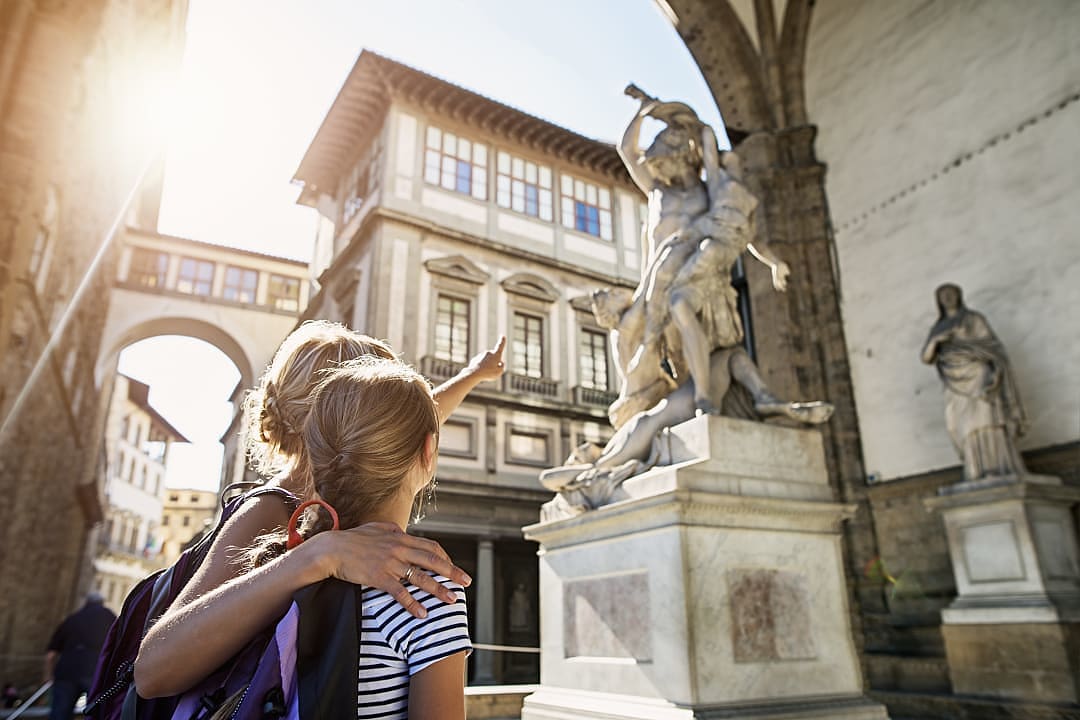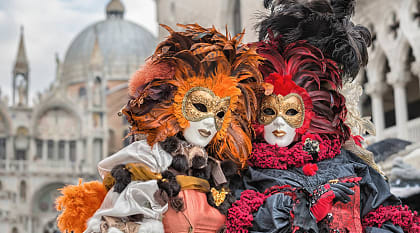The magnificent Piazza del Duomo is the undisputed religious and artistic heart of Florence, an awe-inspiring open-air museum showcasing some of the world's most significant architectural achievements of the early Renaissance. This square is dominated by the Cathedral of Santa Maria del Fiore, a monumental complex that includes Brunelleschi's iconic dome, Giotto's elegant bell tower, and the historic Baptistery of Saint John. The sheer scale and intricate beauty of the buildings create a breathtaking first impression, serving as a testament to the immense ambition and artistic genius that flourished in the Florentine Republic and forever cementing its place in history.
A Journey through History
Delve into the architectural and artistic innovations that define this historic and iconic square.
- Revolutionary Dome: Filippo Brunelleschi's revolutionary terracotta-tiled dome was an engineering marvel of its time and remains the largest brick dome ever constructed. It was completed in 1436.
- Polychrome Façade: The cathedral's stunning façade is a 19th-century Neo-Gothic revival. It is intricately decorated with polychrome marble panels in shades of pink, white, and green that harmonize with the original design of the bell tower.
- Gothic Masterpiece: Giotto's Campanile, a masterpiece of Florentine Gothic architecture begun in 1334, stands independently from the cathedral and is adorned with hexagonal and lozenge-shaped panels depicting the story of human creation and the arts.
- Gates of Paradise: The octagonal Baptistery of Saint John is one of Florence's oldest buildings, renowned for its three sets of magnificent bronze doors, including Lorenzo Ghiberti's "Gates of Paradise," which Michelangelo named.
- Generational Effort: The entire complex took nearly 170 years to complete, representing a collective civic and religious effort that involved generations of Florence's greatest artists and architects.
What to Expect
Prepare to be immersed in monumental beauty and historical weight.
- Monumental Scale: A feeling of awe as you stand in the piazza, craning your neck to take in the immense scale of the cathedral and the intricate details of its marble-clad surfaces.
- The Dome Climb: The exhilarating challenge of climbing 463 steps to the top of Brunelleschi's dome, where you are rewarded with intimate views of the interior frescoes and a stunning 360-degree panorama of Florence.
- Tower Perspective: An alternative, equally rewarding climb up the 414 steps of Giotto's Campanile, offering a unique perspective that includes a perfect view of the magnificent dome.
- Vibrant Atmosphere: A bustling and vibrant atmosphere at all hours, the sounds of church bells, and the energy of a historic world stage.
Connect with our experts to arrange a Wonders of the Italian Renaissance Tour: Past and Present.
